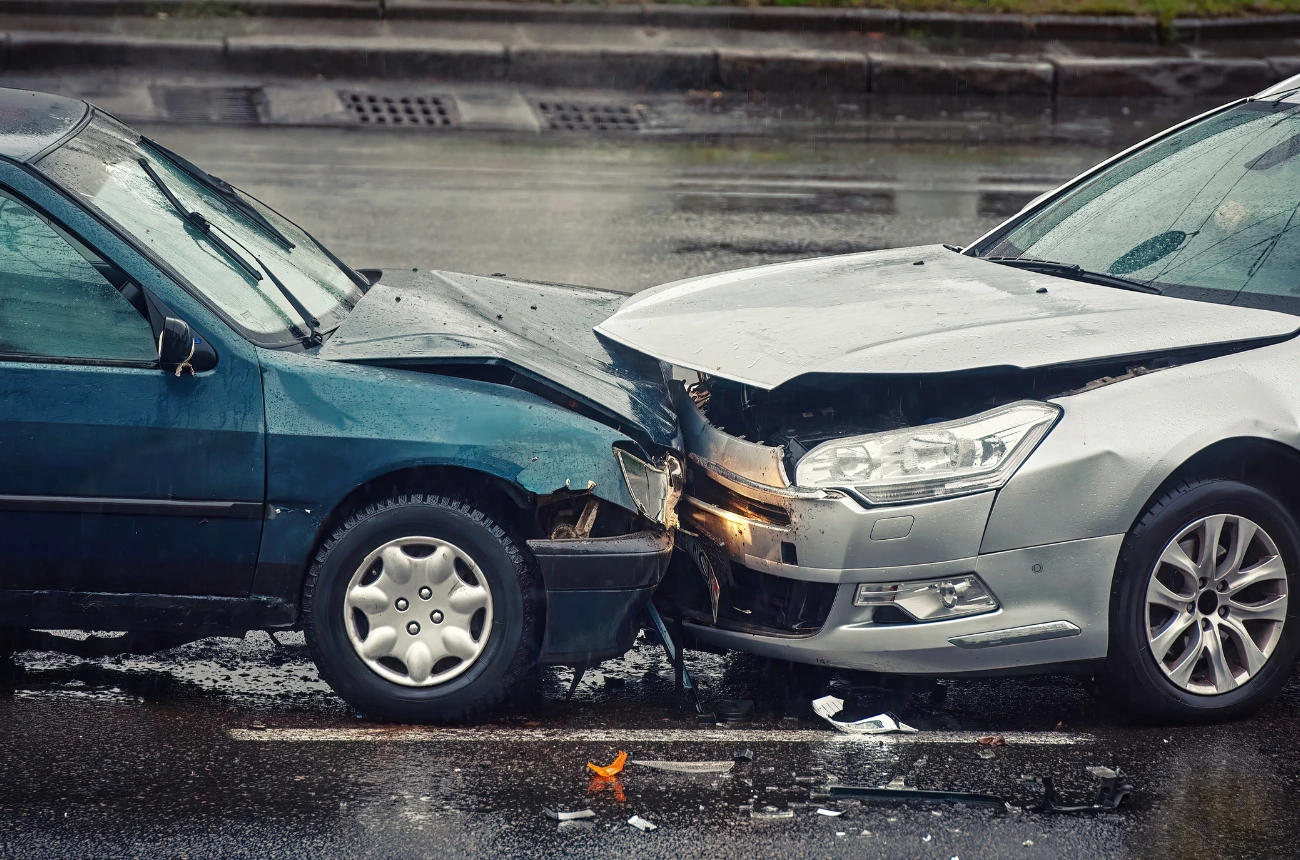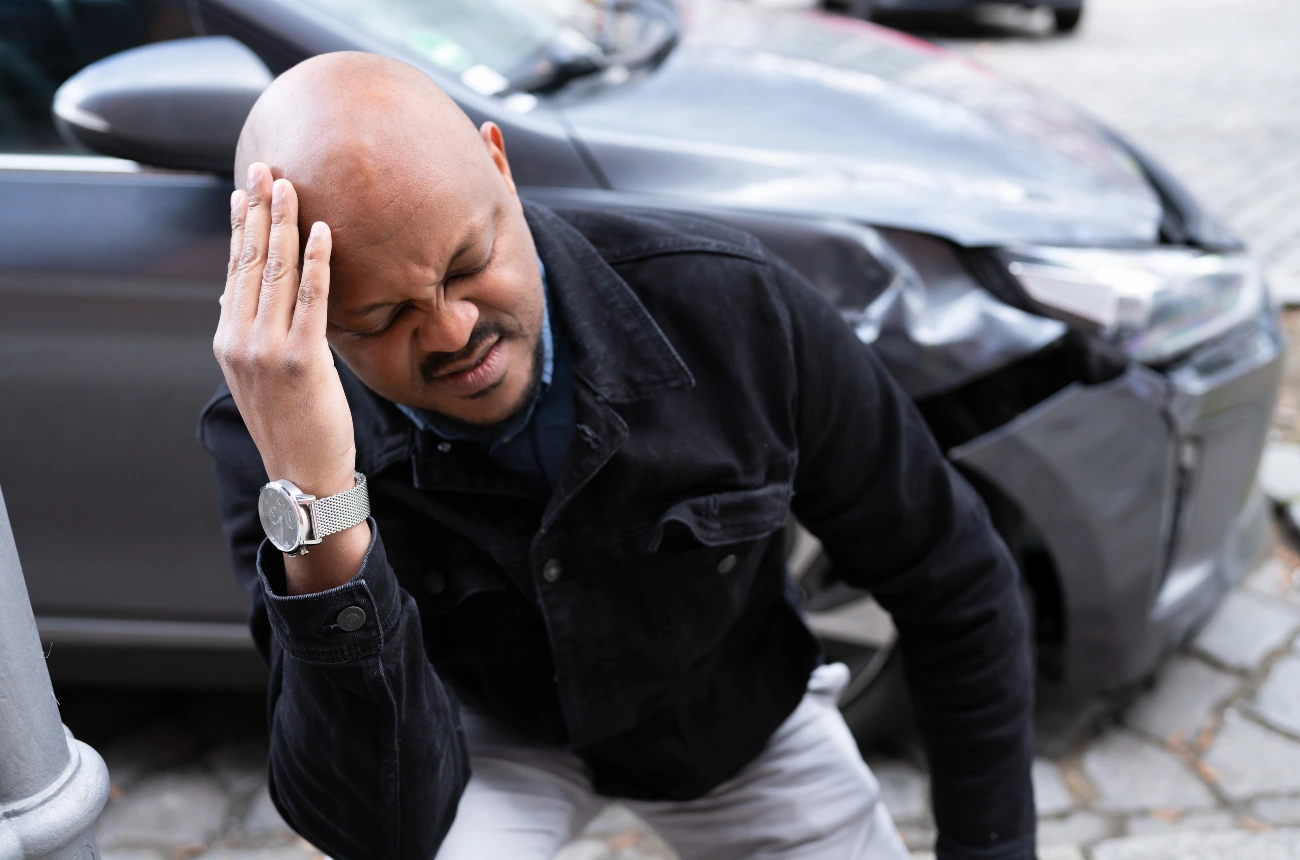Driving on snowy or icy roads can be tricky, especially in places like Texas, where drivers aren’t used to winter weather.
Even when you’re extra cautious while driving, accidents can still happen, whether from a hidden patch of black ice, another driver’s mistake, or inexperience.
When a weather-related accident does happen, you need to prove who is responsible for it in order to get compensation.
That’s where we come in.
A personal injury lawyer can assess your case and take into account every detail that may have contributed to the winter weather accident. And if you’re not at fault, they can help you get the maximum compensation.
We recommend getting a free consultation to evaluate your case and understand your legal options.
In the meantime, you can read on to find how fault is determined in snow accidents and its impact on your compensation.
2 Factors That Determine Who Is at Fault for a Car Accident in Snow or Ice
Determining fault on a snowy or icy road isn’t always simple. Sure, bad weather plays a part, but it’s rarely the main culprit. Accidents usually happen when a mix of factors comes together, and these can include the following:
1. Driver Negligence
In most cases, a bad weather car accident happens due to driver negligence.
This happens when a person doesn’t take proper precautions to operate their vehicle safely in adverse weather and challenging road conditions.
Some examples of this include:
- Driving too fast on an icy road.
- Tailgating or not maintaining adequate stopping distance.
- Failing to clear snow off the car, as it can restrict vision and pose a risk to others as it flies off.
- Failing to maintain the vehicle, for instance, driving with worn-out tires or faulty windshield wipers.
In short: If a driver is found to be engaging in risky behavior during inclement weather, they are more likely to be at fault for the motor vehicle accident.
2. Vehicle Maintenance Issues
Sometimes, the car itself is at fault.
If a vehicle crash is caused by defects or malfunctioning safety features, the manufacturer may be held responsible.
For instance, if a vehicle’s anti-lock brake system fails in bad weather or the steering system malfunctions due to negligent construction.
Remember that proving manufacturer liability requires demonstrating that the defect was present when the vehicle was sold.
To build a strong case, you need solid evidence showing that the other driver was negligent or that other factors contributed to the accident. The stronger and more compelling your evidence, the better your chances of achieving a favorable outcome.
Here are some pieces of evidence that you would need to collect:
- Police Reports: These provide a detailed account of the accident, including adverse weather conditions, statements from drivers, and any citations issued. The report helps explain how the incident occurred and helps determine fault.
- Witness Testimonies: Eyewitnesses provide valuable insights by detailing driver behavior, such as speeding or reckless actions, while also describing the road conditions at the time of the accident.
- Photos: Images of the accident scene, property damage, and vehicle positions provide critical evidence to understand how the motor vehicle accident happened and identify who may be at fault. Plus, photos of the injuries sustained can be used to document the severity of the car wreck.
- Accident Reconstruction Reports: Experts analyze crash data to study vehicle positions and movements, braking patterns (e.g., skid marks), and road conditions. They can also identify whether poor vehicle maintenance led to the car crash.
- Weather Reports: Verified weather data from local stations or government sources can confirm hazardous conditions, such as an ice storm at the time of the accident, which can support claims about the environment’s role in the incident.
Although gathering evidence from various sources can be time-consuming, a car accident lawyer can handle this process efficiently. They can also uncover evidence you might not have considered, such as traffic camera footage, black box data from vehicles, and vehicle maintenance records.
Once all evidence is collected, the insurance company reviews it to determine who is liable for the weather-related car accident. Keep in mind that more than one party can be deemed to be at fault.
How Does Texas’s Comparative Fault Rule Apply to Snow Accidents?
During their investigation, insurance companies may try to assign you a portion of the blame.
While you can still receive compensation, the amount you get will be reduced based on your percentage of fault. However, if you’re found to be more than 50% at fault, you won’t be able to recover any damages at all.
Insurance companies often aim to increase your share of the fault to minimize their payout, which can feel frustrating and unfair. Fortunately, a car accident lawyer can use the evidence to prove to the insurer that your level of fault is minimal, giving you a better shot at fair compensation.
Let’s explore how much money you may be entitled to.
How Much Compensation Can I Get for Snow Car Accidents in Texas?
It’s tough to pinpoint the exact amount you might receive since every auto accident case is unique. That said, the average car accident settlement involving bodily injury is around $22,000 in Texas. It can range anywhere from $50,000 to $175,000 for more serious cases.
A lawyer can evaluate the compensation you may be entitled to if it’s proven that you’re not at fault or only partially responsible. But that’s not all they can do for your case.
How Can No Bull Law Help You Get Compensation in a Winter Car Accident?
Our Texas car accident lawyers at No Bull Law are no strangers to winter driving accidents and can fight vigorously to get the compensation you deserve. Here’s what we do to make that happen:
- Coordinating with police, medical professionals, and accident reconstruction experts to gather evidence.
- Determining fault or reducing your level of fault using personal injury law and evidence.
- Filing a car accident claim against the at-fault party and dealing with the necessary paperwork.
- Estimating all losses (medical expenses, property damage, etc.) you’ve suffered due to the car crash and calculating your compensation.
- Negotiating with insurance companies.
- Preventing insurers from giving lowball offers or dragging the settlement.
- Representing you in court if a lawsuit arises.
And here’s the best part: there’s no risk. You don’t pay any fees, ‘less we win.
Ready to take charge of your case?

































